When exploring the wonders of Ancient Egypt, the majestic temple of Abu Simbel, located in the southernmost part of the Egyptian Empire, is a must-visit destination. Built by the ambitious Pharaoh Ramesses II, this archaeological marvel stands as a testament to both his megalomania and architectural prowess. In this article, we delve into the intricacies of Abu Simbel, from its colossal statues to its role in Ancient Egyptian propaganda, offering a glimpse into the rich history and significance of this remarkable site.

Ramesses II’s Temple to His Own Awesomeness



Pharaoh Ramesses II embarked upon one of the most ambitious construction programs in Ancient Egypt. But it was his temple in Abu Simbel, far from the judgemental eyes in Memphis and Thebes, in the southernmost part of the Egyptian Empire that he gave his megalomania free reign.
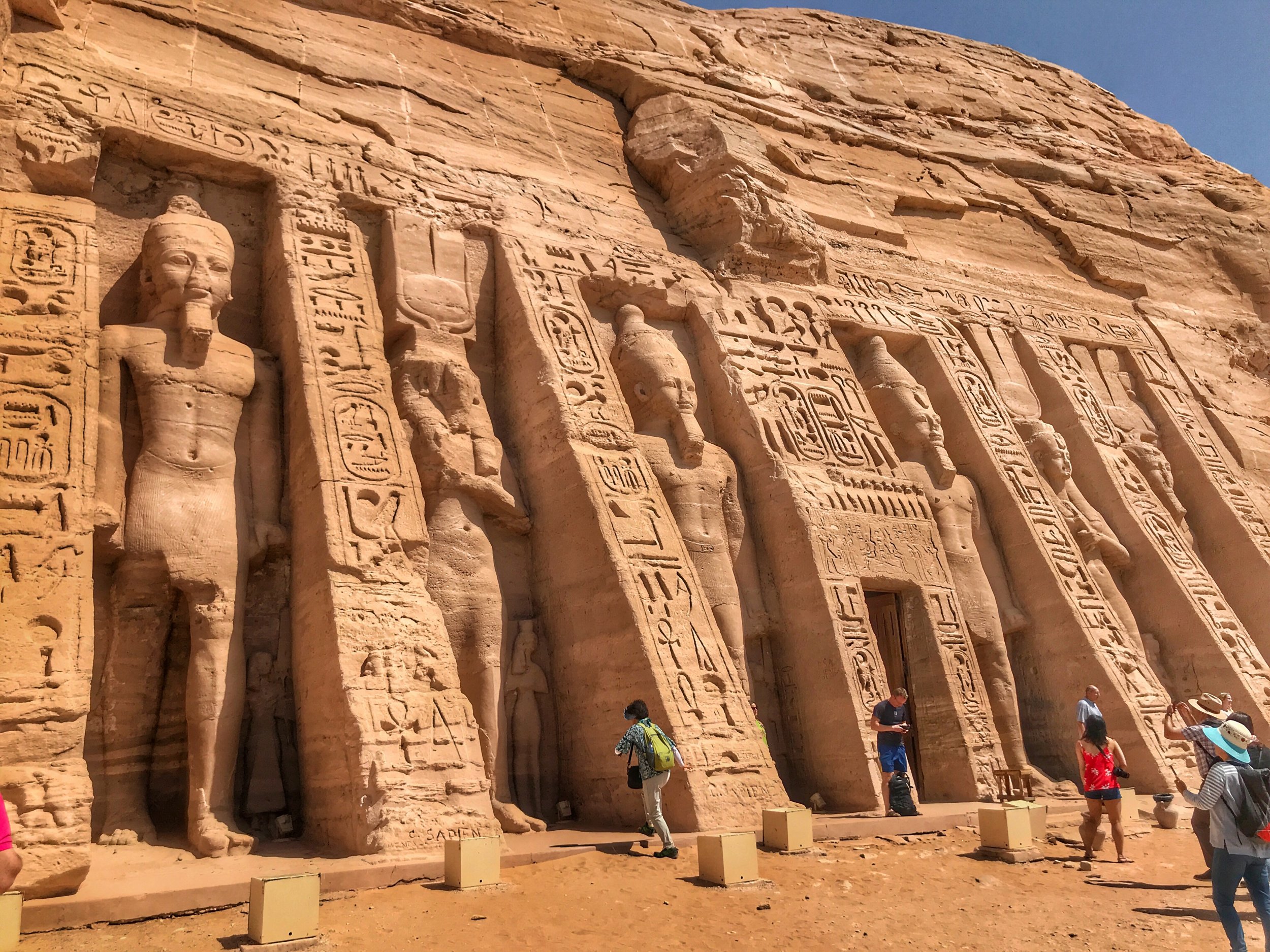
The temple next door is fit for a queen — in fact, it’s dedicated to Ramesses’ wife, Nefertari.

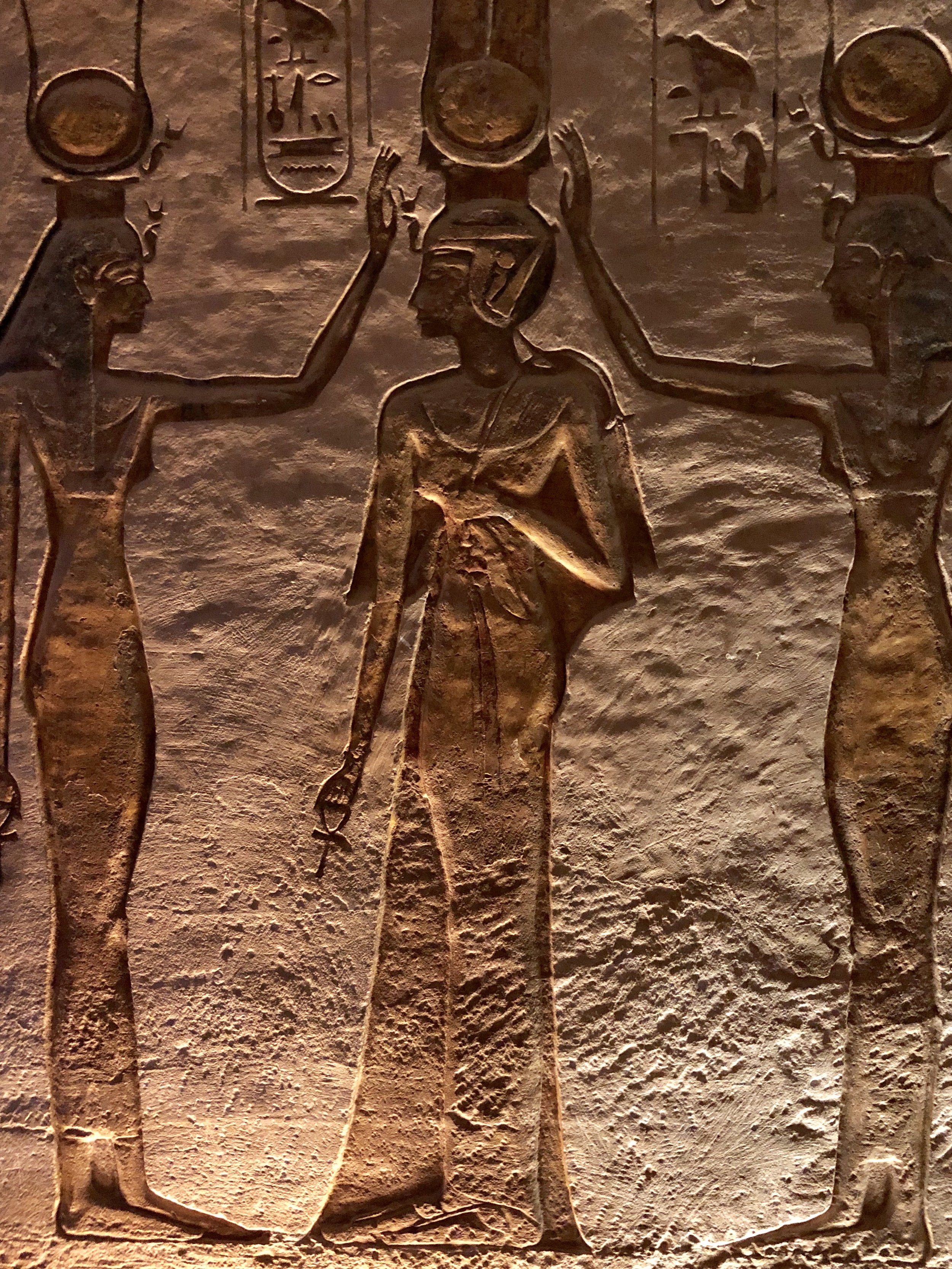
Nefertari is shown as a divine being, being crowned by the goddesses Hathor and Isis.
There’s a discrepancy in the dating of the site, but it took place over two decades, either 1264-1244 BCE or 1244-1224 BCE.

Carved into the side of a sandstone cliff, Ramesses II’s temple to his own awesomeness immediately impresses the visitor with its four massive seated colossi of the king that rise 69 feet high. One, sadly, has lost its torso, which now lies shattered at its feet.

Four seated colossi of Ramesses II are larger than life, at 69 feet tall.
Perched on an artificial mountain 200 feet higher than its original location, the Abu Simbel temples are a stunning example of ancient engineering. The colossal seated colossi of Ramesses II, standing at an awe-inspiring 69 feet tall, greet visitors with a sense of grandeur. The temple’s exterior, adorned with carvings of Ra-Horakhty and a line of baboons, captures the essence of Ancient Egyptian symbolism associated with the sun and the dawn of a new day.
Inside the temple, the Osiride-style statues of Ramesses II, portraying him as the god Osiris, dominate the first hall. The temple’s purpose, in theory, was dedicated to Ra-Horakhty, Amun, Ptah, and the deified Ramesses II, serving as a powerful statement of divine authority.
Propaganda and Military Triumphs
Abu Simbel was not only a grandiose architectural achievement but also a strategic move to deter potential invaders from the south. Ramesses II utilized the temple as a tool of propaganda, particularly after the Battle of Kadesh, portraying himself as the protector god and depicting supposed victories over Ancient Egypt’s adversaries.
The interior reliefs narrate stories of Ramesses II’s military triumphs, showcasing scenes of defeating the Syrians, Libyans, and Nubians. The temple complex also features statues of Ramesses’ family, including his wife, mother, and children, further emphasizing the pharaoh’s divine lineage.
Nefertari’s Temple to Hathor

Adjacent to the Great Temple is a smaller yet equally impressive structure dedicated to the goddess Hathor, often associated with Ramesses II’s chief wife, Nefertari. This temple stands out not only for its architectural beauty but also for breaking traditional norms – Nefertari is portrayed as equal in size and importance to Ramesses II. The pillared hall, adorned with columns featuring the cow-eared head of Hathor, offers a glimpse into the religious practices of the time.
Monumental Relocation Project
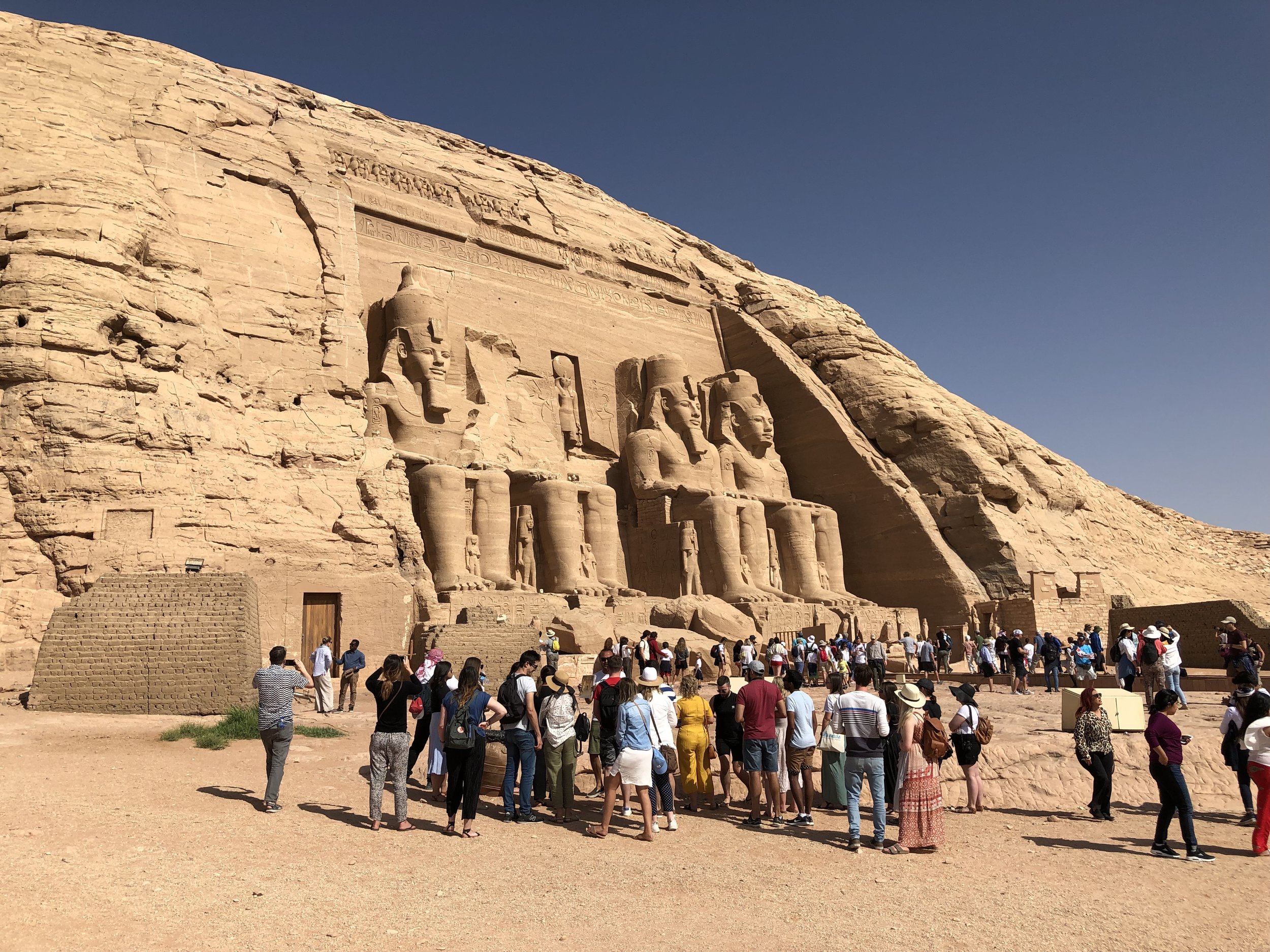
The modern-day Abu Simbel stands on higher ground than its original location, submerged beneath Lake Nasser due to the construction of the Aswan High Dam. In a monumental relocation project from 1963 to 1968, the entire temple complex was disassembled into thousands of blocks and reassembled on an artificial mountain, preserving its magnificence for future generations.
Visiting Abu Simbel
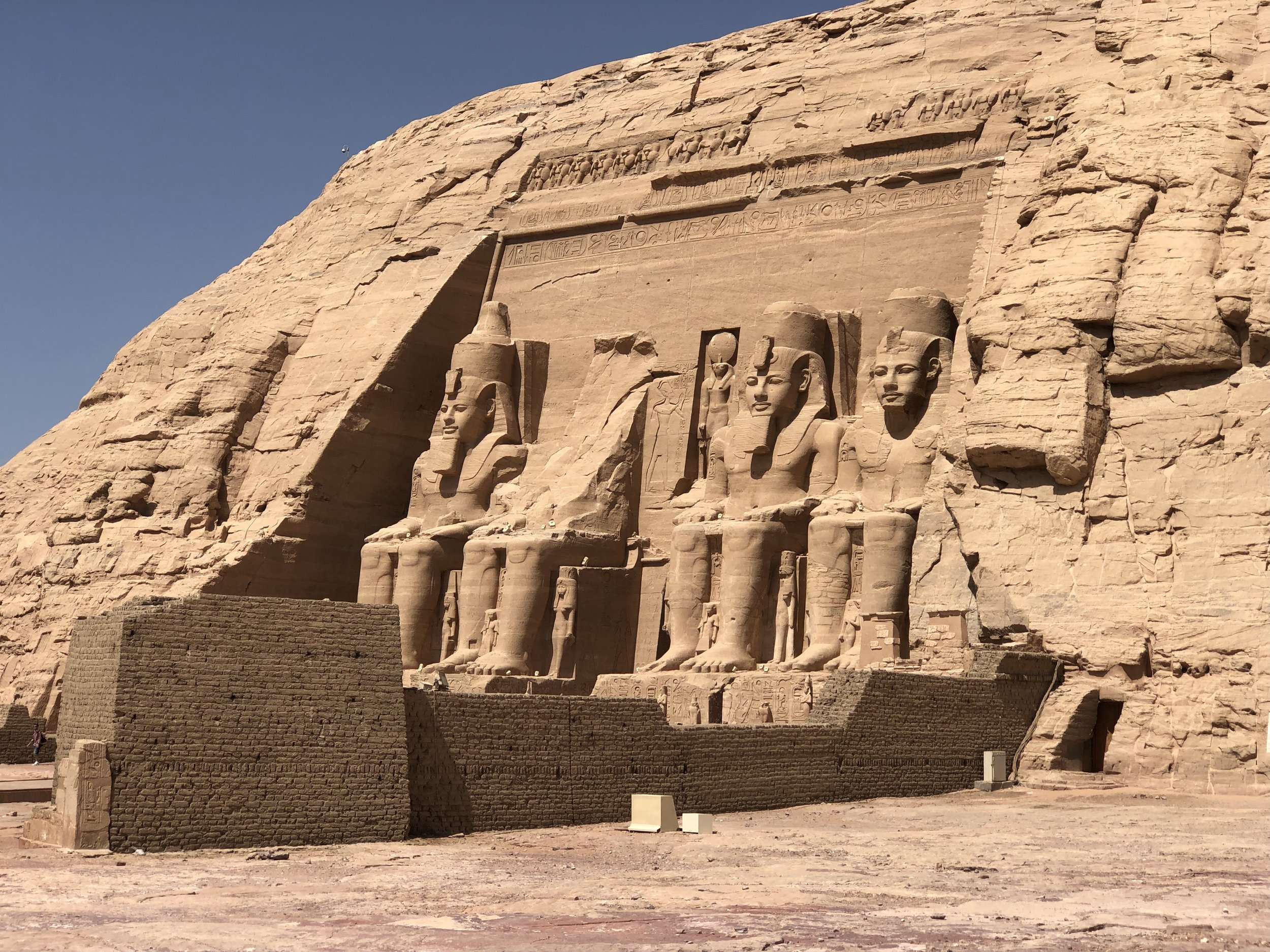
For those planning a visit to Abu Simbel, timing is key. Arriving early might mean sharing the space with large tour groups, but returning around noon offers a more serene experience. Admission costs 200 Egyptian pounds, and a 300 L.E. photo pass is recommended to capture the awe-inspiring moments without interruption.
As with many Egyptian sites, a journey through the bazaar awaits visitors upon departure, providing an opportunity to immerse in local culture and perhaps acquire a unique keepsake.
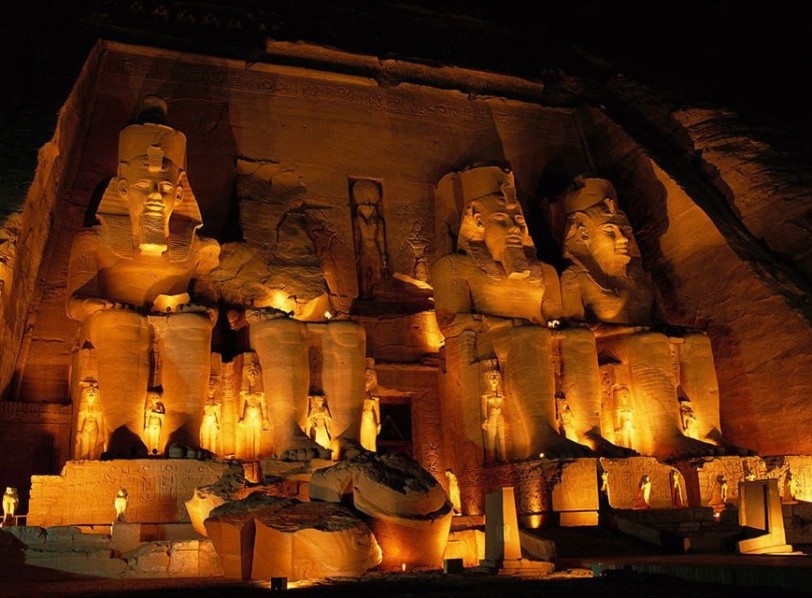
Abu Simbel stands as a living testament to the grandeur, power, and strategic acumen of Pharaoh Ramesses II. Beyond its architectural splendor, the temple complex offers a glimpse into the political and religious narratives of Ancient Egypt. A visit to Abu Simbel is not just a trip through time; it’s an immersive experience in the captivating history of one of the world’s most remarkable civilizations.